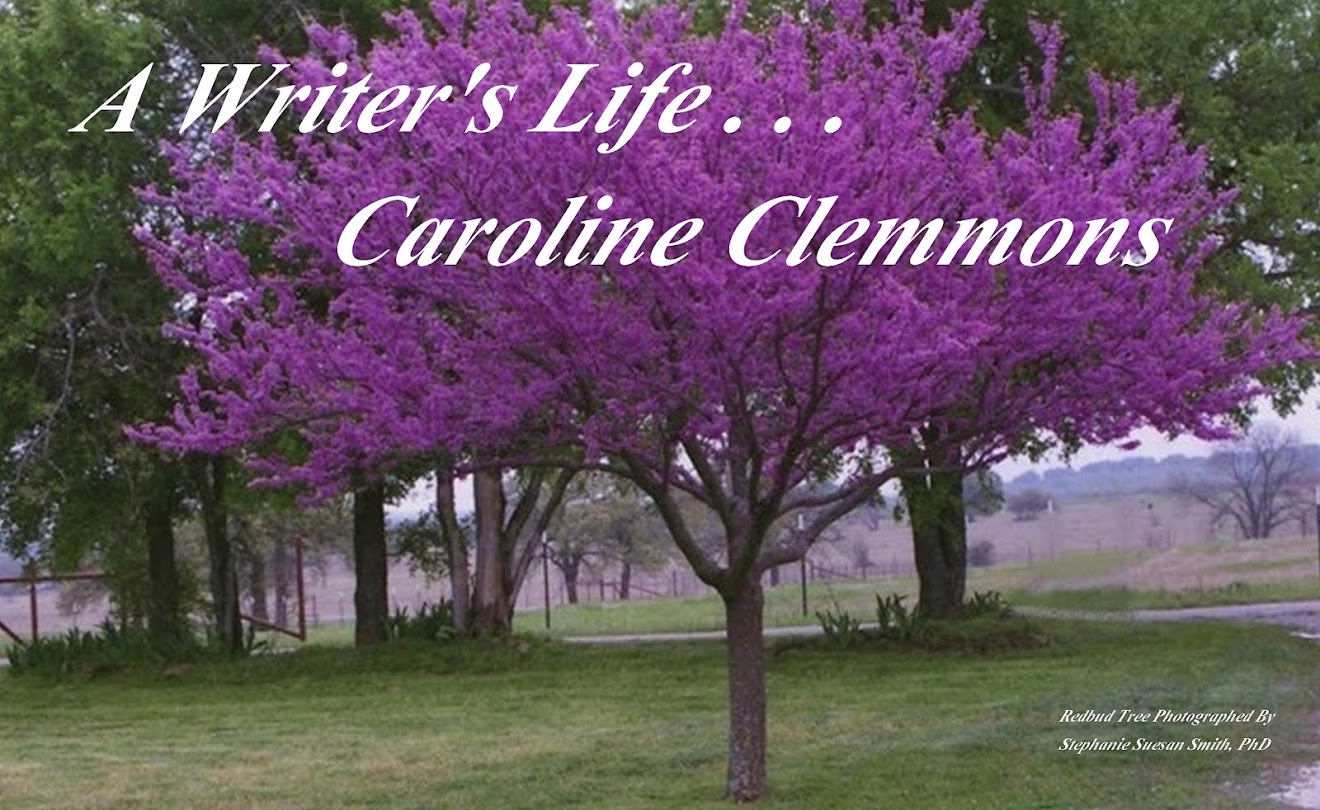Yesterday I mentioned setting, and I'd like to continue that thread with an explanation. Although I often mention real cities and places in my writing, with one exception the main town/city/county are fictional. Why? It's so much easier. A fictional place can be whatever I need it to be, have the businesses I require, and the correct population to support them. For instance, in my June release, OUT OF THE BLUE, two towns are mentioned that are fictional. The heroine's hometown in 1845 Ireland is Ballymish. I made up the name so the town could be in exactly the spot I needed. The hero is a police detective in Radford Crossing, Texas, another town I "created" where none exists. In reality, there is no town of that population near Possum Kingdom Lake, which is where the hero meets the heroine.
An author I know used Fort Worth as a setting for a mystery series, and had the heroine growing up in an older area. She gave the street and nearby businesses. Local readers kept trying to guess the exact location of the heroine's home. She confessed that the exact locations she had in mind was a parking lot, but that the house was modeled after one she'd known. Another friend set her 1940's mystery in Dallas. She has her hero take a highway west to another city, not realizing that highway had been renumbered in the 1980's.
You can see, certainly, why it's beneficial for a writer to create a setting. No one can say, "There's no house in that place," or "That road doesn't run that way," or "I've lived in that town and it's not that way at all.".
Before creating a town, I consider these things:
1. What geographic features do I need? Mountains, forest, river, plains?
2. How large does this town need to be?
3. What will the town be named? This can be a problem, because it has to be a name not already in use in whatever state chosen. You can check at the post office and online. Our library has a list of all the Texas cities and towns with postal addresses. .
4. Decide what businesses I need--and leave room for expansion if this is the first of a series.
5. Write down the main streets and whether they run east and west or north and south. I usually jot a quick map with main streets and main businesses so I won't be confused later.
6. Create a picture of the town in my mind. If I can't see it, I can't describe it.
As a reader, do you care if the setting is fictional or real?

No comments:
Post a Comment